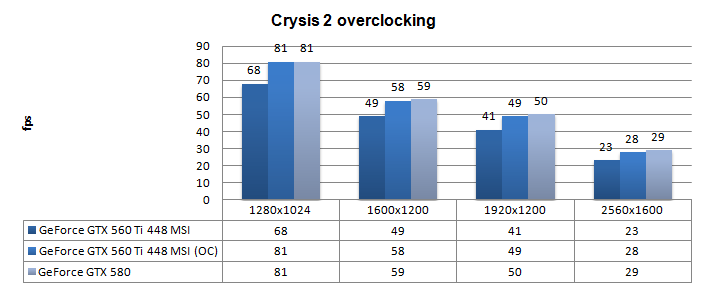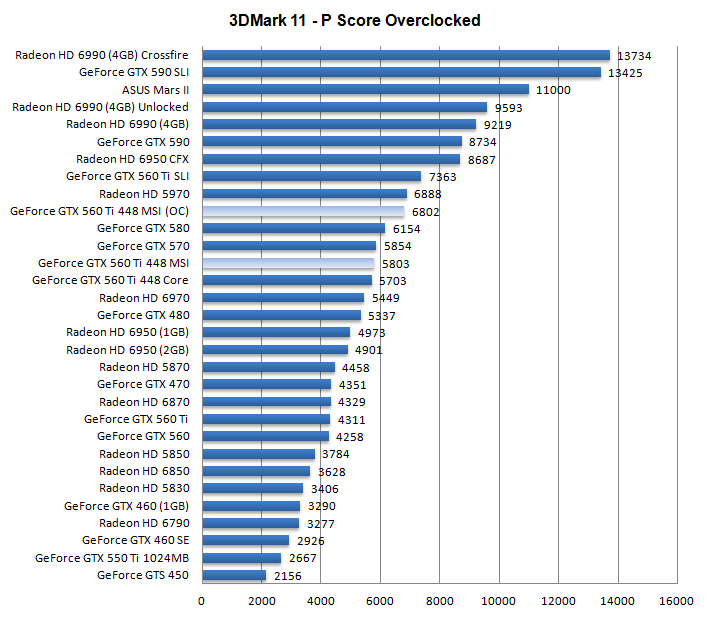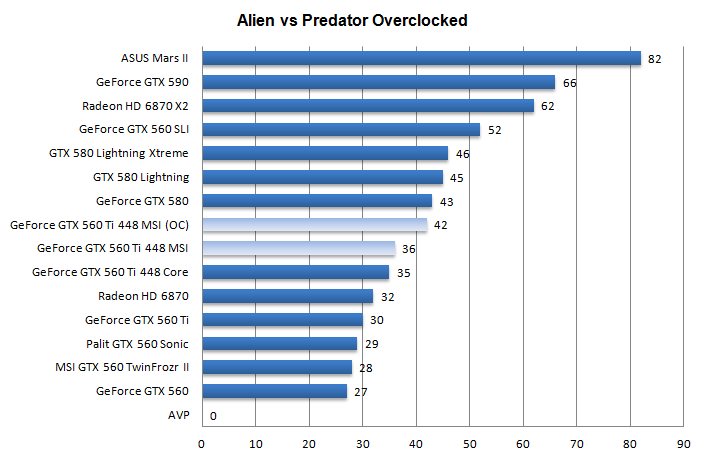Overclocking the graphics card
Overclocking the graphics card
As most of you know, with most videocards you can apply a simple series of tricks to boost the overall performance a little. You can do this at two levels, namely tweaking by enabling registry or BIOS hacks, or very simply to tamper with Image Quality. And then there is overclocking, which will give you the best possible results by far.
What do we need?One of the best tools for overclocking NVIDIA and ATI videocards is our own AfterBurner which will work with 90% of the graphics cards out there. We can really recommend it, download here.
Where should we go?
Overclocking: By increasing the frequency of the videocard's memory and GPU, we can make the videocard increase its calculation clock cycles per second. It sounds hard, but it really can be done in less than a few minutes. I always tend to recommend to novice users and beginners, to not increase the frequency any higher than 5% on the core and memory clock. Example: If your card runs at 600 MHz (which is pretty common these days) then I suggest that you don't increase the frequency any higher than 30 to 50 MHz.
More advanced users push the frequency often way higher. Usually when your 3D graphics start to show artifacts such as white dots ("snow"), you should back down 10-15 MHz and leave it at that. Usually when you are overclocking too hard, it'll start to show artifacts, empty polygons or it will even freeze. Carefully find that limit and then back down at least 20 MHz from the moment you notice an artifact. Look carefully and observe well. I really wouldn't know why you need to overclock today's tested card anyway, but we'll still show it.
All in all... do it at your own risk.
| Original | This sample | Overclock + 150Mv Voltage tweak |
| Core Clock: 732 MHz | Core Clock: 750 MHz | Core Clock: 914 MHz |
| Shader Clock: 1464 MHz | Shader Clock: 1500 MHz | Shader Clock: 1828 MHz |
| Memory Clock: 3800 MHz | Memory Clock: 4000 MHz | Memory Clock: 4400 |
Overclocking wise the card will allow itself to be clocked to roughly 850 MHz on the core without additional voltage tweaking. Voltage tweaking will probably get you higher.
And that brings us to a stable 869 MHz on the GPU as a result, already very impressive. Increasing the voltage should result in higher numbers.
If you pick up the latest AfterBurner Beta (download here) then you can tweak voltages with this card. We added +150Mv and that brought us towards a stable 914 Mhz on the graphics core with 4400 Mhz effective (2200 Mhz clock) on the memory. That brings us towards GeForce GTX 580 performance. We left the fan RPM at default settings.

Above, Crysis 2, same maxed out image quality settings as before:
- DirectX 11
- High Resolution Texture Pack
- Ultra Quality settings
- 4x AA
- Level - Times Square (2 minute custom time demo)

Above, 3DMark 11 - the Performance test and score. As you can see, an additional bump in this very GPU limited title, lovely.

Above, Alien versus Predator, in 1920x1200 at 4xAA and 16X anisotropic filtering.
